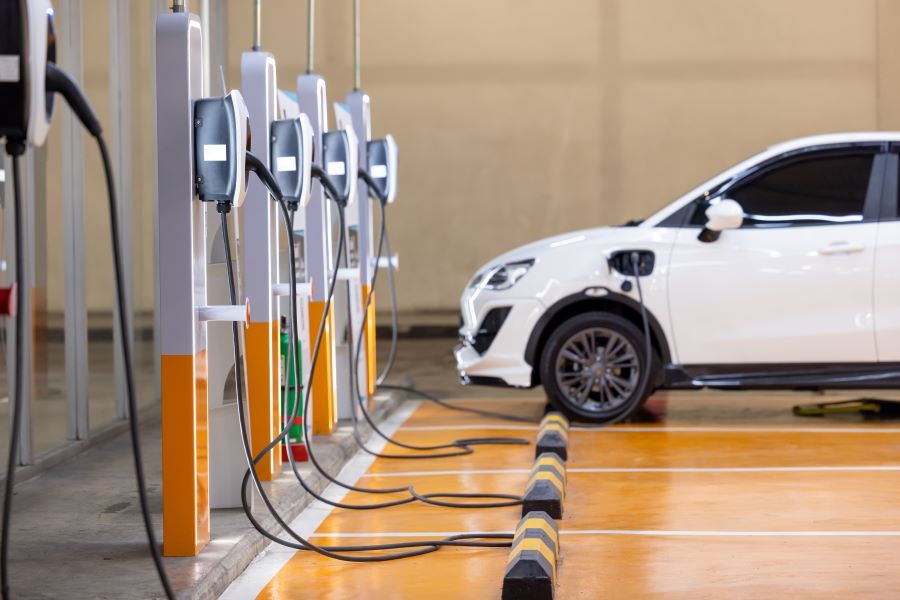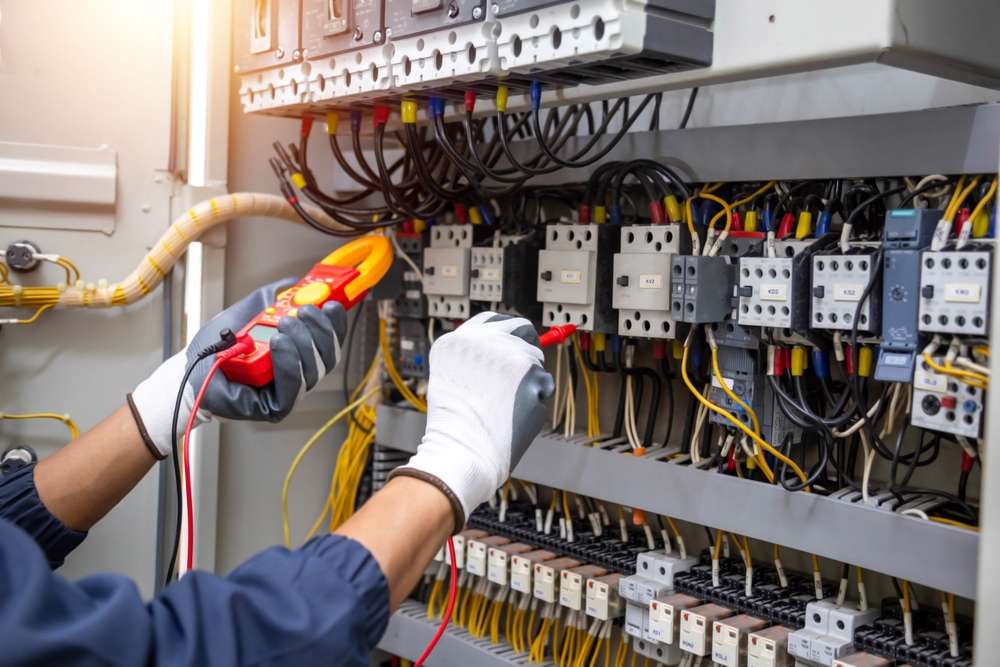The Convenience and Savings of Home EV Charging: A Comprehensive Guide
As electric vehicles (EVs) become increasingly popular, the demand for convenient and cost-effective charging solutions has skyrocketed. Home EV charging offers a practical and efficient way to keep your electric car powered up and ready to go. This article explores the benefits, features, and considerations of home EV charging systems, helping you make an informed decision about this essential aspect of EV ownership.

What are the key benefits of home EV charging?
Home EV charging offers numerous advantages for electric vehicle owners. Firstly, it provides unparalleled convenience, allowing you to charge your car overnight or whenever it’s parked at home. This eliminates the need for frequent trips to public charging stations, saving you time and hassle. Additionally, home charging is often more cost-effective than public options, as you can take advantage of off-peak electricity rates and avoid premium pricing at commercial charging stations. Moreover, having a dedicated home charger ensures that your EV is always ready for use, reducing range anxiety and enhancing your overall driving experience.
How do smart features enhance home EV chargers?
Modern home EV chargers come equipped with a range of smart features that optimize the charging process and provide valuable insights. Many smart chargers can be controlled via smartphone apps, allowing you to schedule charging sessions, monitor energy consumption, and receive notifications when your vehicle is fully charged. Some advanced models even integrate with home energy management systems, enabling you to balance your EV charging with other household electricity needs or solar power generation. These intelligent features not only enhance convenience but also help you manage your energy usage more efficiently, potentially leading to further cost savings.
What factors should you consider when choosing a home EV charger?
Selecting the right home EV charger involves considering several crucial factors. First and foremost, you need to determine the appropriate charging speed for your needs. Level 2 chargers, which operate on 240-volt power, are the most common choice for home use, offering faster charging times compared to standard 120-volt outlets. The specific amperage and power output of the charger should be matched to your vehicle’s capabilities and your typical driving habits. Additionally, consider the charger’s compatibility with your EV model, as well as any future vehicles you may purchase. Other important factors include weather resistance for outdoor installation, cable length, and smart features that align with your preferences and lifestyle.
Why are Level 2 EV chargers optimal for home use?
Level 2 EV chargers have become the go-to choice for home charging due to their balance of speed, efficiency, and practicality. These chargers typically deliver between 3.7 kW to 22 kW of power, allowing for significantly faster charging times compared to Level 1 chargers (standard household outlets). With a Level 2 charger, most EVs can be fully charged overnight, ensuring you start each day with a full battery. Moreover, Level 2 chargers are compatible with all electric vehicles sold in the UK, making them a versatile and future-proof investment. While they require professional installation, the long-term benefits in terms of charging speed and energy management capabilities make Level 2 chargers an optimal choice for home use.
What are the electrical requirements and safety considerations for home EV charger installation?
Installing a home EV charger requires careful consideration of electrical requirements and safety measures. Most Level 2 chargers require a dedicated 240-volt circuit, similar to what’s used for large appliances like electric ovens or dryers. The specific amperage needed depends on the charger’s power output, typically ranging from 30 to 50 amps. It’s crucial to have a professional electrician assess your home’s electrical capacity to ensure it can handle the additional load. Safety features such as ground fault circuit interrupters (GFCIs) and overcurrent protection are essential to prevent electrical hazards. Additionally, proper weatherproofing is necessary for outdoor installations to protect against the elements and ensure long-term reliability.
How do home EV chargers compare in terms of features and costs?
When considering home EV chargers, it’s important to compare different models based on their features and costs. Here’s a comparison of some popular home EV chargers available in the UK:
| Product Name | Power Output | Smart Features | Cost Estimation |
|---|---|---|---|
| Zappi 7kW | 7 kW | Solar integration, app control | £800-£1,000 |
| Pod Point Solo 7kW | 7 kW | App control, automatic updates | £700-£900 |
| Wallbox Pulsar Plus | 7.4 kW | Power sharing, voice control | £650-£850 |
| EO Mini Pro 2 | 7.2 kW | Solar compatibility, load balancing | £600-£800 |
| Myenergi Zappi V2 | 7 kW | Solar/wind integration, eco modes | £800-£1,000 |
Prices, rates, or cost estimates mentioned in this article are based on the latest available information but may change over time. Independent research is advised before making financial decisions.
Home EV chargers offer a convenient, cost-effective, and efficient way to keep your electric vehicle powered up. By considering factors such as charging speed, smart features, and installation requirements, you can select the ideal charger for your needs. With the right home charging solution, you’ll enjoy the full benefits of electric vehicle ownership, including reduced fueling costs and the convenience of starting each day with a fully charged battery.




